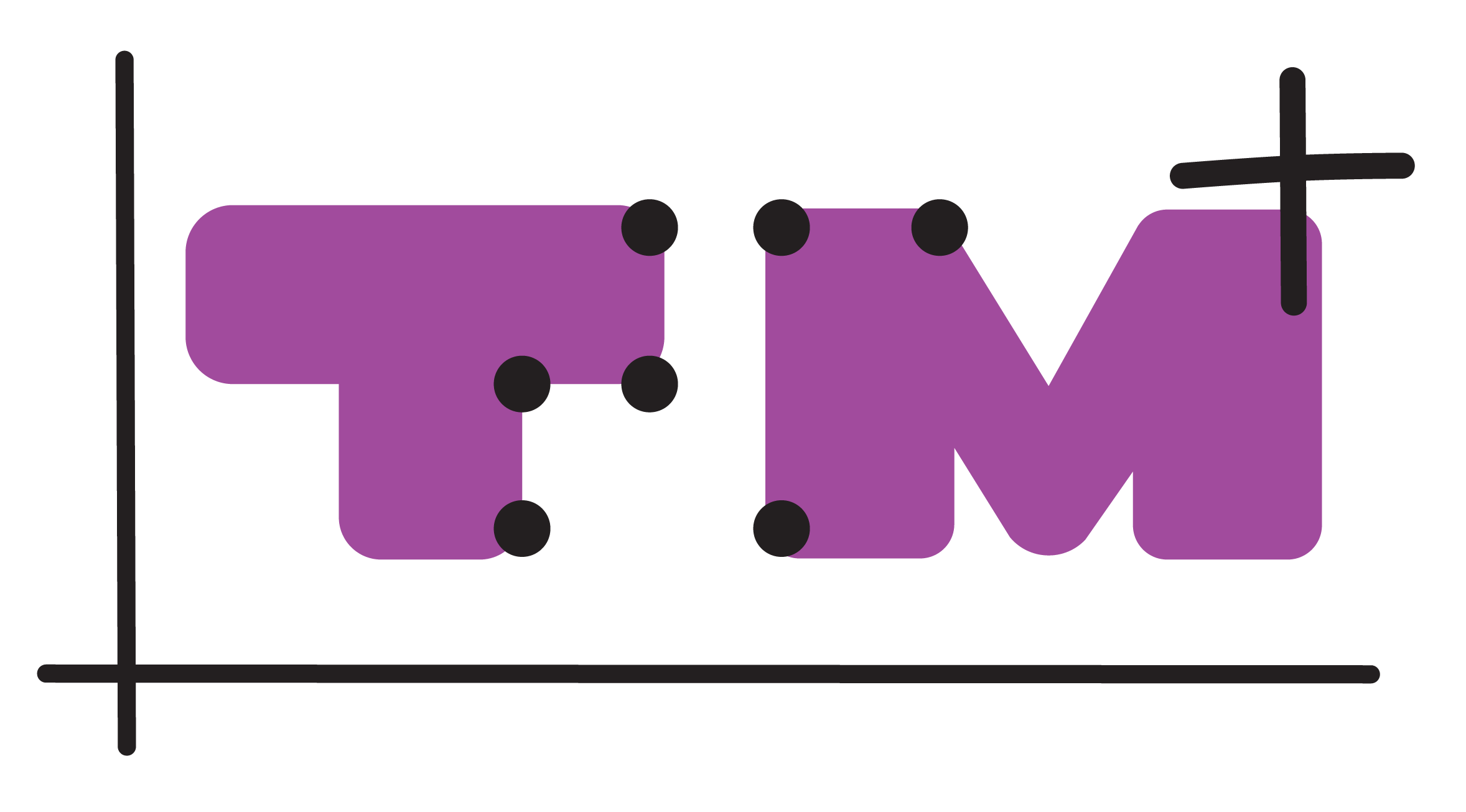Code Jumper
Code Jumper is a user-friendly platform that aids students, regardless of visual impairments, in developing essential coding skills. It provides a hands-on, multi-sensory introduction to coding for young learners (age 6-11). Code Jumper is an inclusive resource that enables all students and educators to grasp the fundamentals of coding by using command pods to produce auditory programs, ranging from songs to stories and poems.

Code Jumper is beneficial to use when introducing the concept of block programming as digital alternatives are not available. Older students who might face difficulties comprehending concepts (like loops) in a text-based program are provided with the chance to visually witness a loop, establishing the link between the textual representation and the tangible experience.
In the Code Jumper guide, there is a variety of tasks to choose from. A typical example regarding loops is that the student is to review a pre-written code for a melody and try to identify loops. Afterward, the student should configure the code in the physical program in Code Jumper and listen to the result. Looking at the code in groups helps students determine where loops can be placed.
Robots
Programming a robot is possible but the robot has to be labelled with braille or other tactile marking. The robot can either be controlled with physical buttons on the robot or physical code tags. Writing the code themselves usually works well, but it can be challenging for a student who reads braille to keep track of what is happening when the robot is in motion. One tip is to gently place one hand on the robot while it is moving. The student can then perceive how far the robot has travelled and when it turns. It can also be helpful if the robot generates sound. A tactile map is often necessary and should be introduced to the students beforehand.
